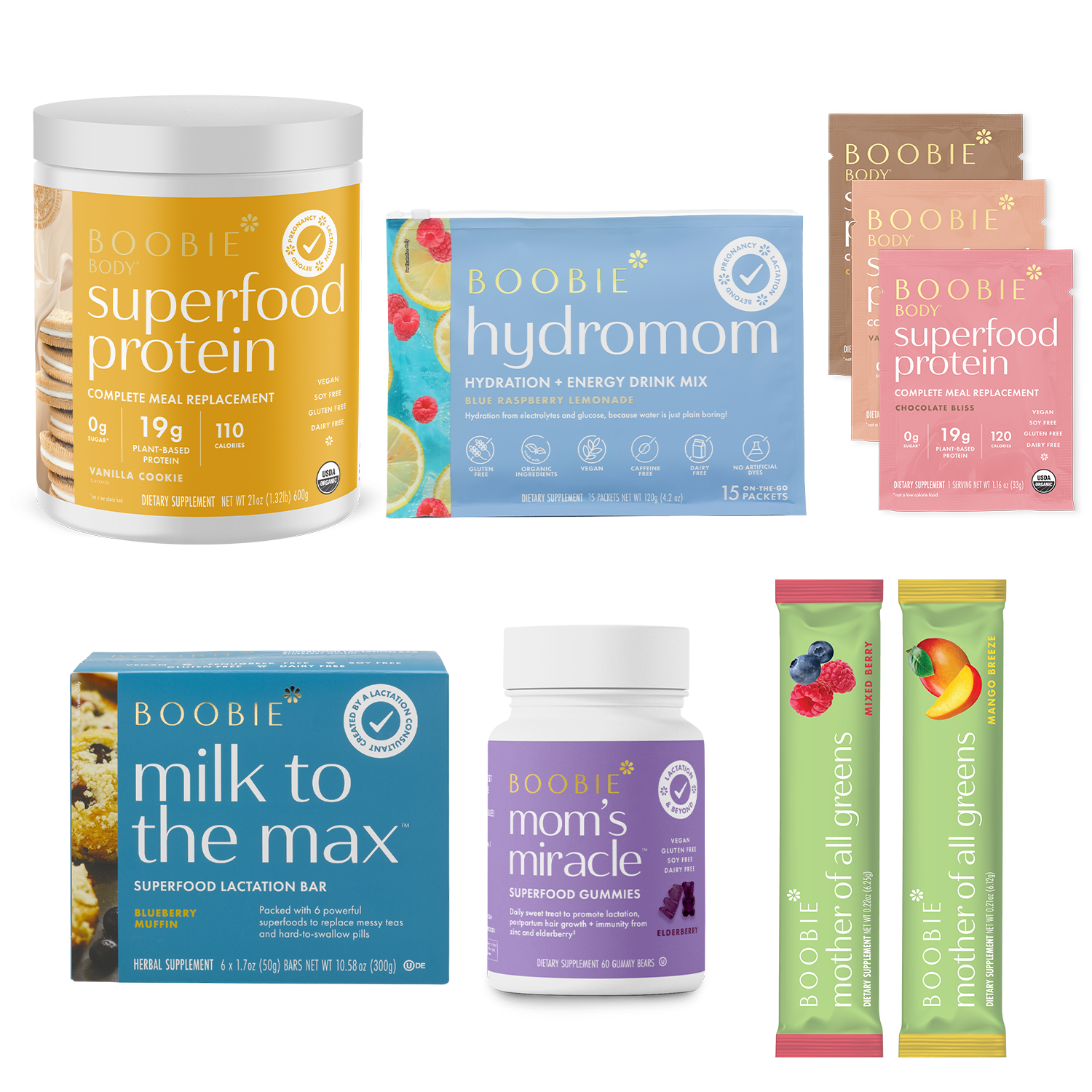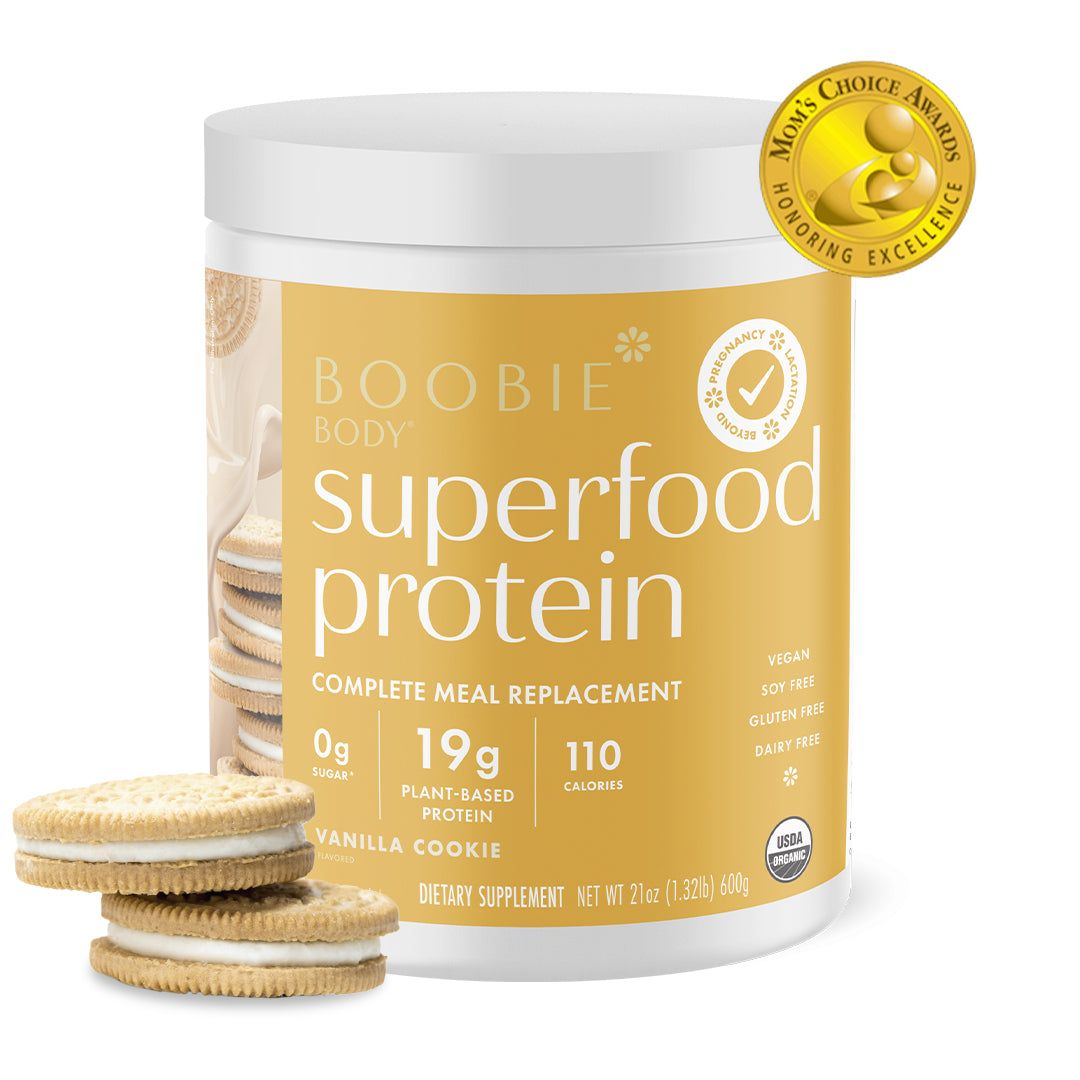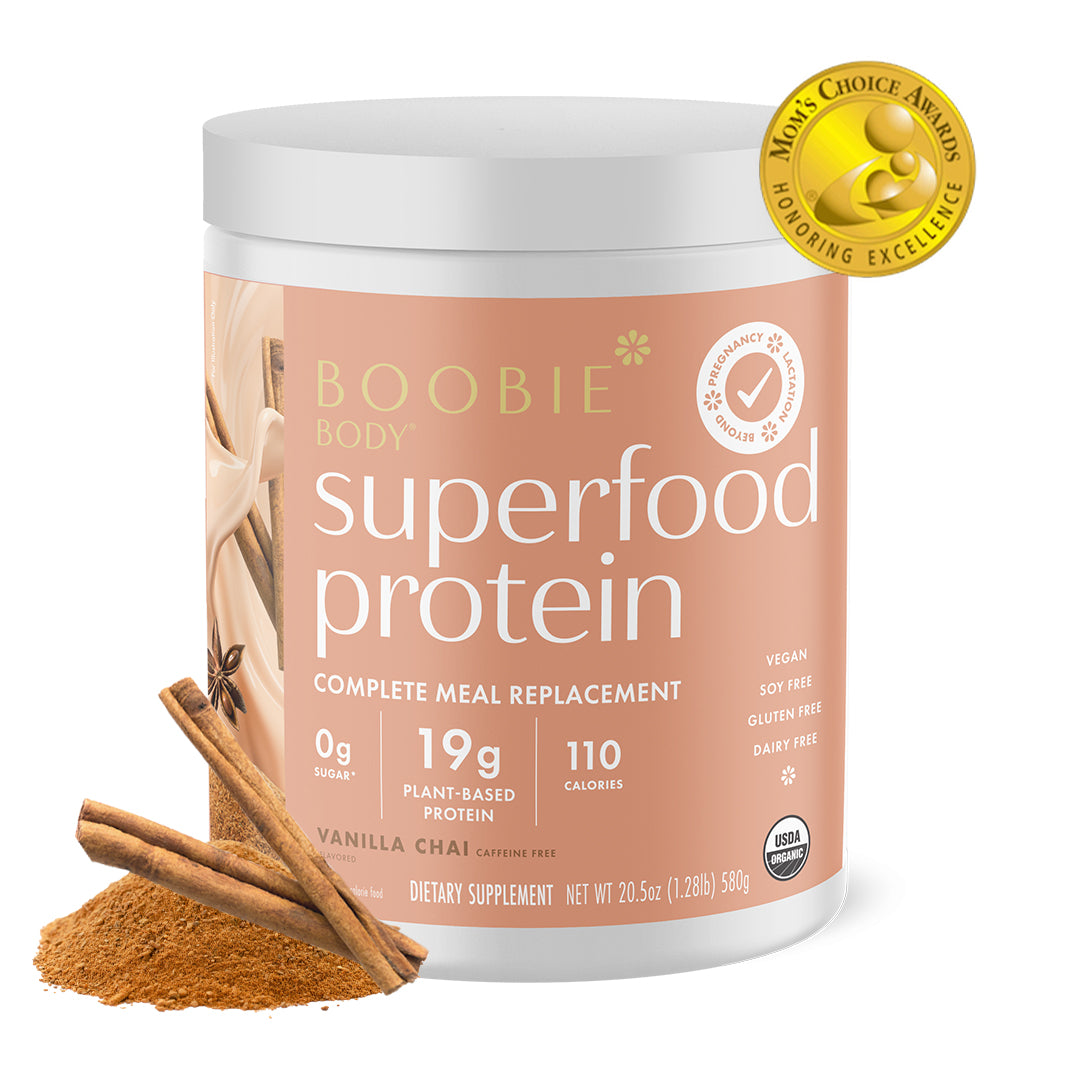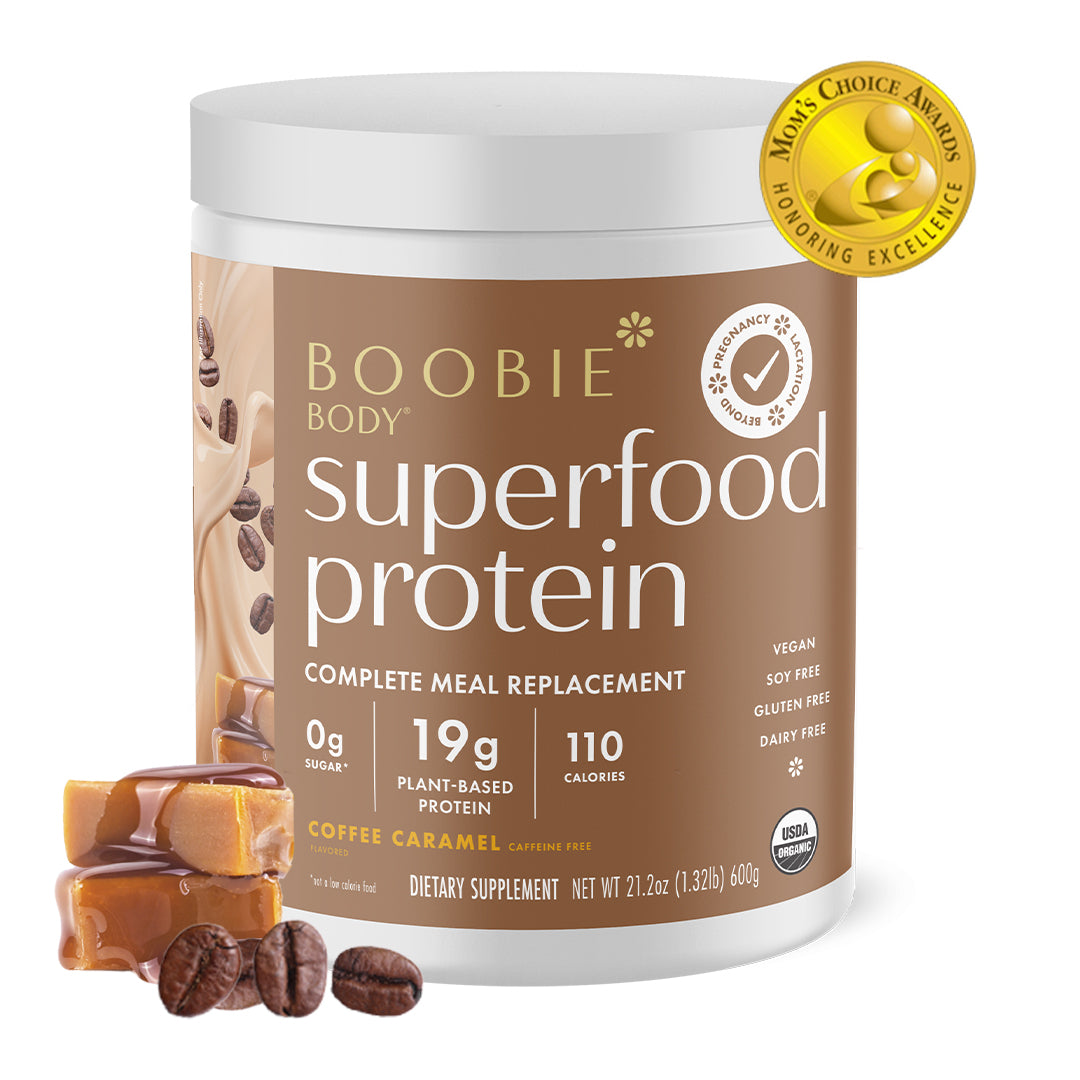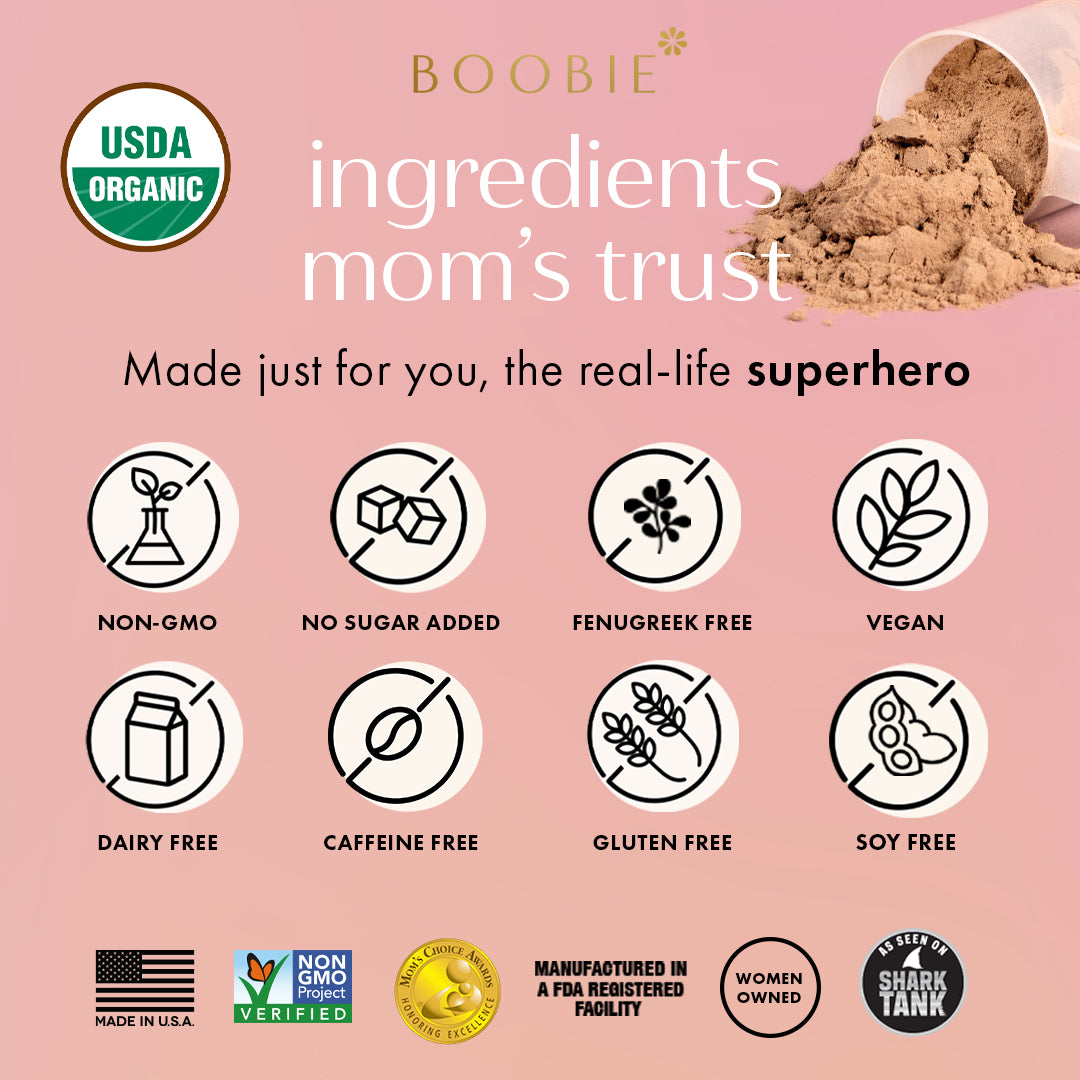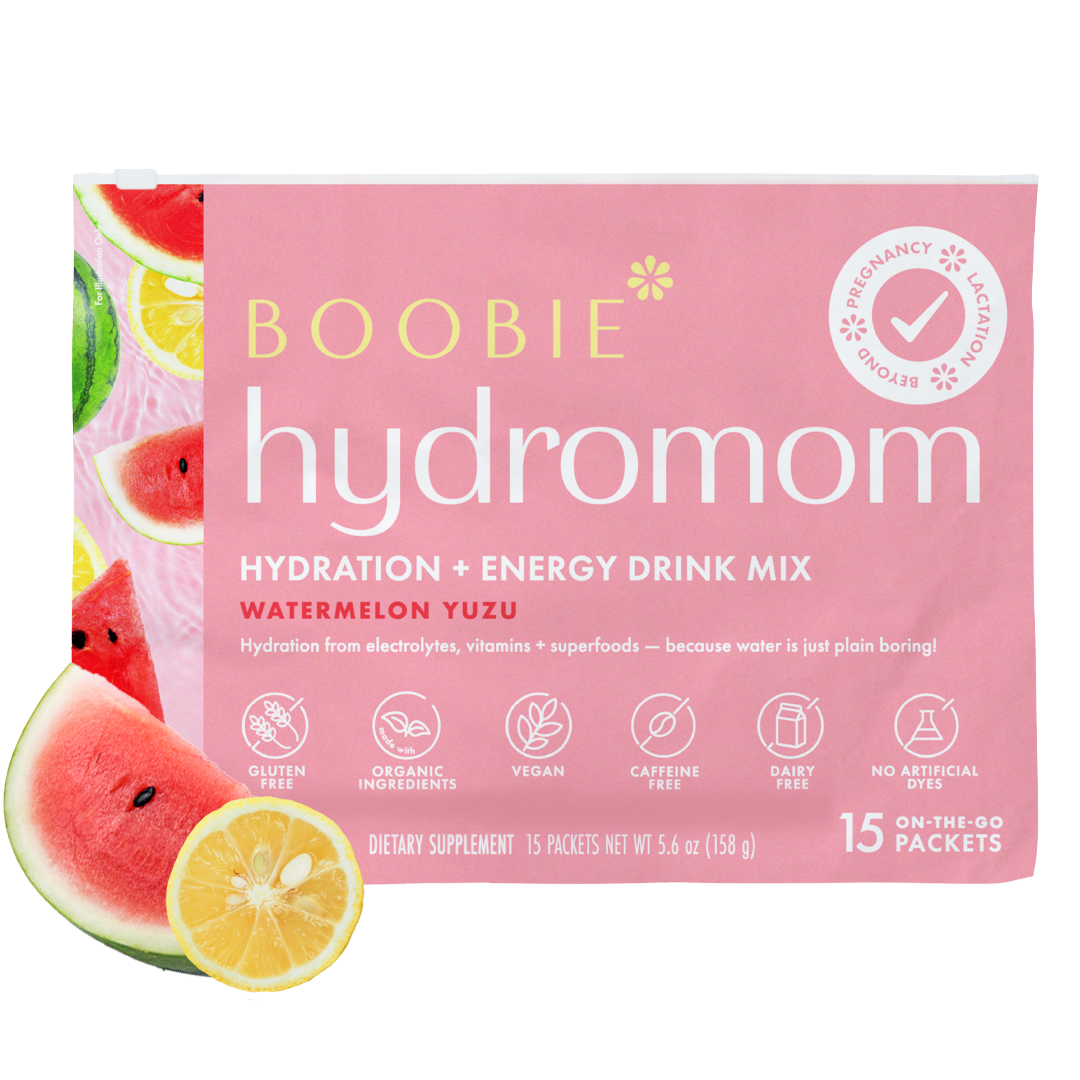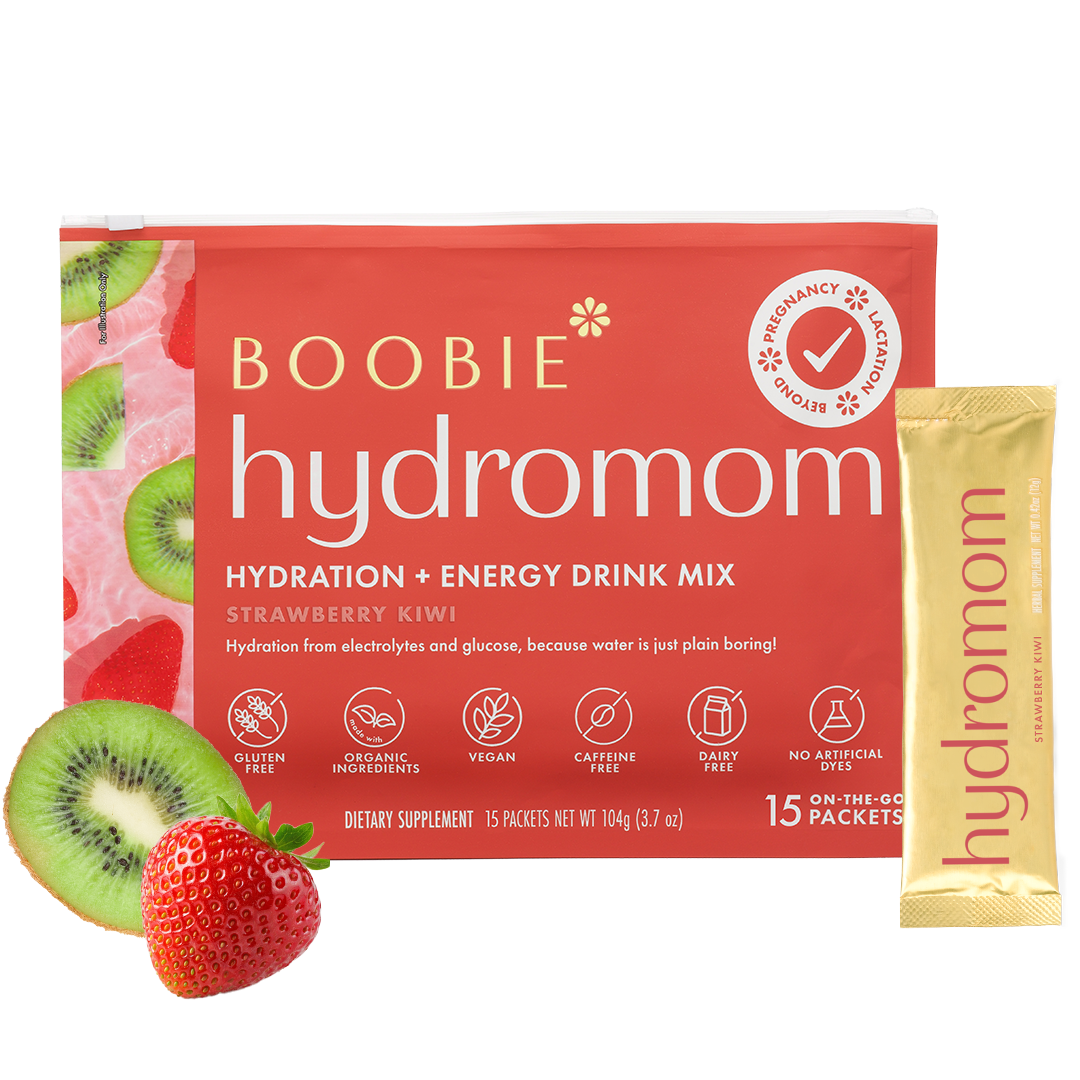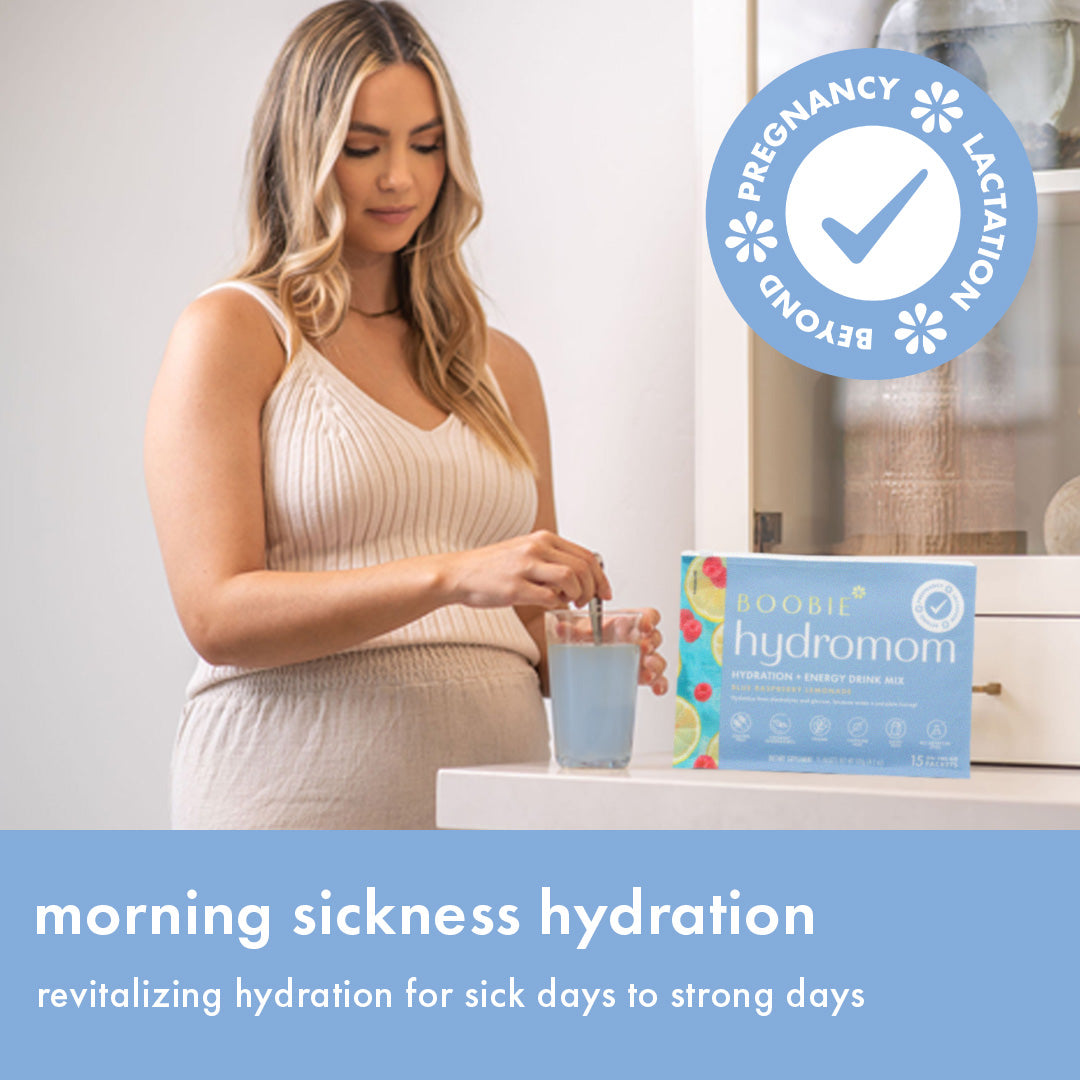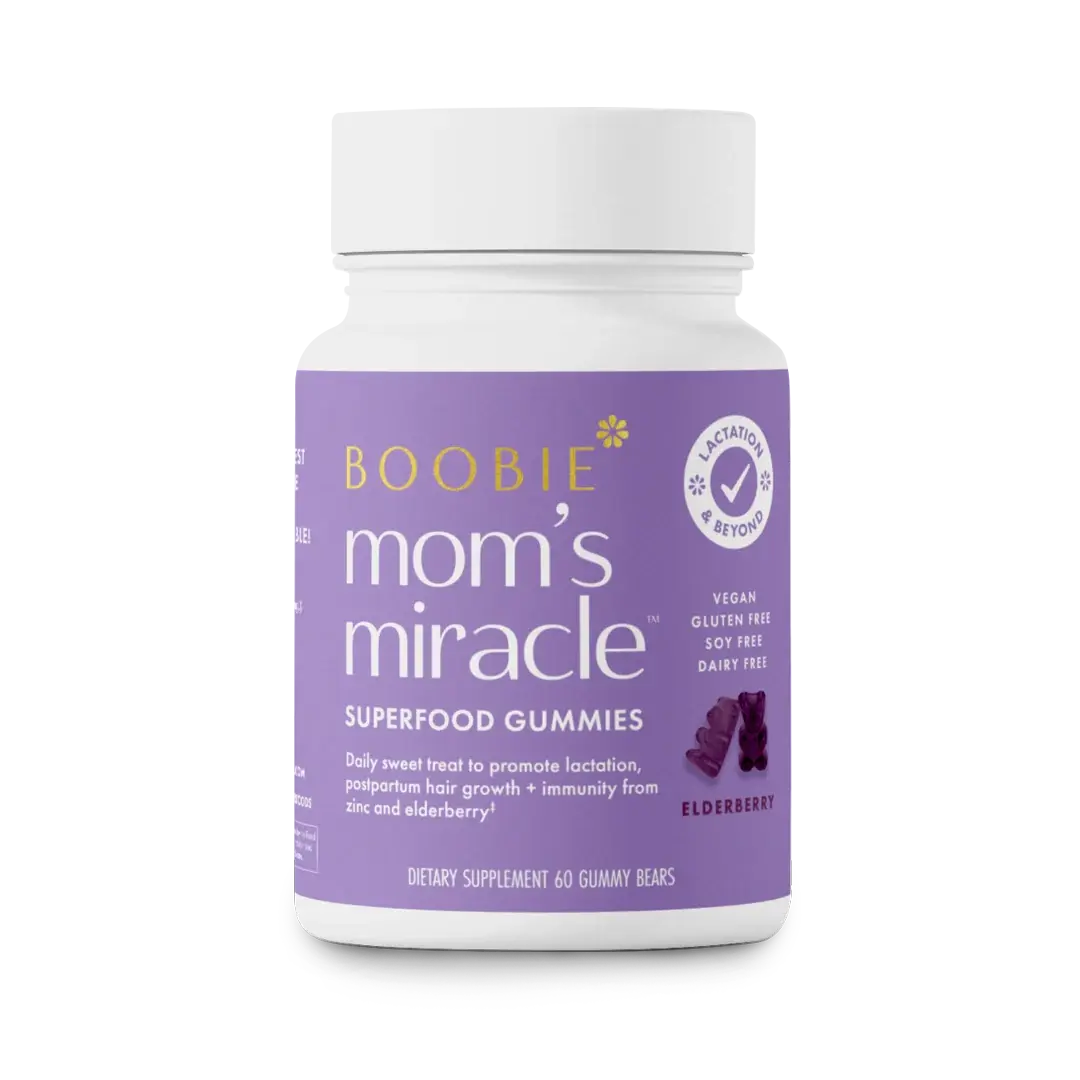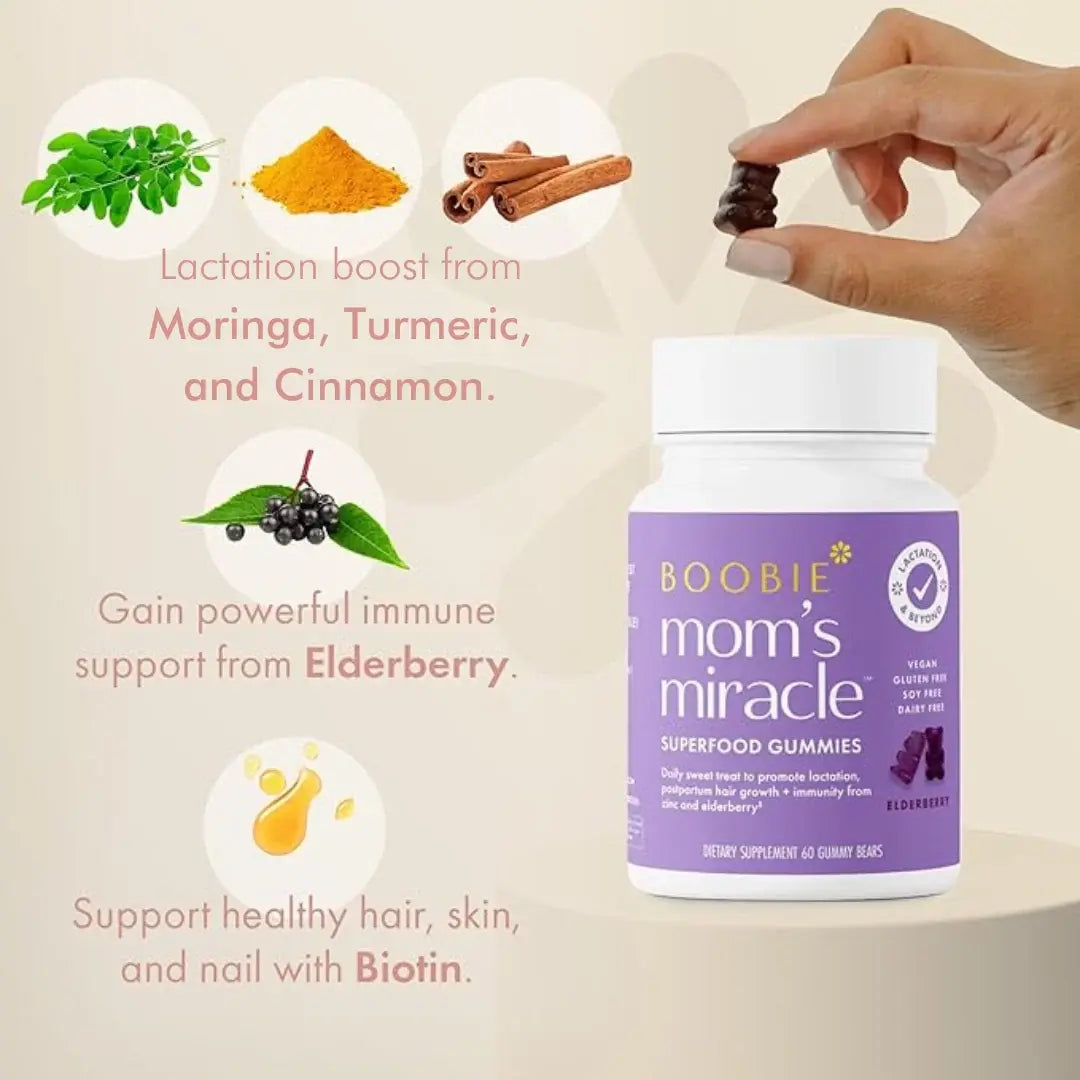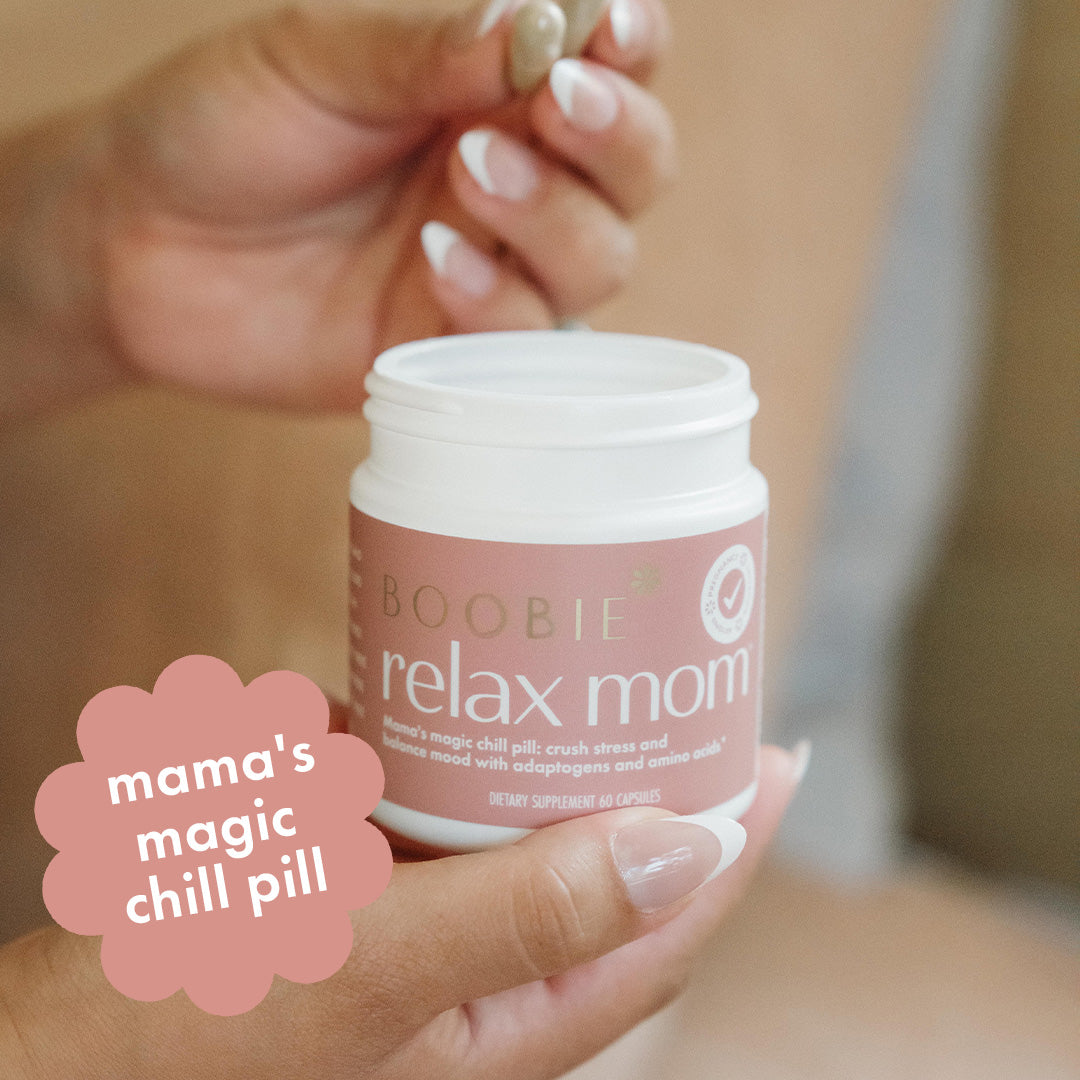When & How to Pump Breast Milk to Increase Supply
By Wendy Colson RN, IBCLC, RLC
You’ve welcomed the newest addition of the family home and breastfeeding is going well, congrats! But you're probably going to need a break from breastfeeding at some point, mama. So it might be time to break out that breast pump you got before the baby was born. Now you’re probably thinking: when should I introduce the pump? How long should I be pumping? Will pumping help me increase my supply? When is the best time to pump to increase milk supply? Do I need a pumping schedule? We’re here to answer all your questions about pumping breast milk so you can handle it with ease.

Why Pump?
First things first, let’s clarify that contrary to what we hear—not everyone needs to pump. The decision to pump is dependent on several factors that are unique to you and your family.
Some common reasons why you may desire to introduce a breast pump include:
 You want to include a partner or other family member in feedings.
You want to include a partner or other family member in feedings.
 You are planning to return to work soon and need to begin freezing extra milk.
You are planning to return to work soon and need to begin freezing extra milk.
 Mother-Baby Separation (planned or unplanned)
Mother-Baby Separation (planned or unplanned)
 Maternal illness.
Maternal illness.
 You are interested in increasing your milk supply.
You are interested in increasing your milk supply.
When you are thinking about introducing pumping, it’s important to keep in mind that your baby will always be more effective at removing milk directly from your breast (aka what you see in the pump is not what your baby gets!). If you are interested in pumping solely to increase your milk supply, best practice is to consult with an IBCLC (Certified Lactation Consultant) beforehand to determine the root cause of your depleted supply. An IBCLC will help provide you with necessary support to turn a stressful situation into a strategic plan for improving milk flow.

When to Pump?
When to introduce pumping all depends on your individual goals. However, a general rule of thumb is to wait until after the baby’s first growth spurt, which occurs around 11–14 days after birth for term (38+ weeks) babies. Since growth spurts happen naturally and are biologically necessary as a way for milk supply to increase on its own, they should not be interrupted by pumping. Uninterrupted breastfeeding is critical because a term baby will go from feeding 8–12 times in 24 hours to eating 10–18 times in 24 hours for three days during each growth spurt. The extra time at the breast will be followed by an increase in milk. Supply is established after this time window, as mom and baby usually have a better hang of breastfeeding from all the “practice” from the growth spurt that just passed. Caution: Pumping too often can get you into an oversupply conundrum (it sounds great for some, but overall it is not fun).
Once you’ve passed the first growth spurt and are interested in pumping, here are my 8 best times to pump to increase milk supply:
How to Pump?
You’ll want to make sure you are getting the most bang for your buck when sitting down to pump because what mom wouldn’t want to trade 20 minutes of pumping for some sleep? Here are some breast pumping tips to help you maximize the amount of milk flow you are getting at each session and increase your supply:
 Make sure you have the right pump. This really depends on what your goals are going to be with pumping. If you are looking to pump to have some extra milk on hand for date night or caregiver, a single battery-operated or electric pump might suit your needs. On the other hand, if you are returning to work full time and/or need to pump exclusively then a double electric pump is the way to go. An IBCLC can assist you in ensuring you have the right pump based on your needs!
Make sure you have the right pump. This really depends on what your goals are going to be with pumping. If you are looking to pump to have some extra milk on hand for date night or caregiver, a single battery-operated or electric pump might suit your needs. On the other hand, if you are returning to work full time and/or need to pump exclusively then a double electric pump is the way to go. An IBCLC can assist you in ensuring you have the right pump based on your needs!
 Check your flange size and pump settings. Breast Pumps come with a standard flange size (24mm) however this may not be the best fit for your body. Flanges can range in size from 20mm to 32mm and are critical to making pumping comfortable, maximizing your milk supply, and not damaging your breast tissue—(ouch!). Knowing how to work your settings is also helpful as a faster suction does not mean more milk. You should adjust the settings to comfort to optimize let down during a pumping session.
Check your flange size and pump settings. Breast Pumps come with a standard flange size (24mm) however this may not be the best fit for your body. Flanges can range in size from 20mm to 32mm and are critical to making pumping comfortable, maximizing your milk supply, and not damaging your breast tissue—(ouch!). Knowing how to work your settings is also helpful as a faster suction does not mean more milk. You should adjust the settings to comfort to optimize let down during a pumping session.
 Replace any pump parts that look worn. Each manufacturer calls their parts by a different name, but the most important piece which controls suction is a duck-bill valve or membrane.
Replace any pump parts that look worn. Each manufacturer calls their parts by a different name, but the most important piece which controls suction is a duck-bill valve or membrane.
 Find a quiet, comfortable place to sit & think of or be next to your baby, as this can help increase oxytocin (also known as the “love” hormone) and can also help with initiating the let down. When I was an NICU nurse and lactation consultant in the hospital, I would suggest bringing in a blanket from home so I could swaddle the baby in it and then hand it back to the mom to wear around her shoulders like a shawl to wear when pumping at home. Personal mementos such as this and looking at photos or videos of your baby can all help channel those feelings you get when you are with your baby. For added comfort and a smoother pumping experience, try using Pump to the Max™ — a multi-purpose pumping and intimate spray that helps reduce friction, ease nipple pain, and even support milk flow by promoting relaxation and oxytocin release.
Find a quiet, comfortable place to sit & think of or be next to your baby, as this can help increase oxytocin (also known as the “love” hormone) and can also help with initiating the let down. When I was an NICU nurse and lactation consultant in the hospital, I would suggest bringing in a blanket from home so I could swaddle the baby in it and then hand it back to the mom to wear around her shoulders like a shawl to wear when pumping at home. Personal mementos such as this and looking at photos or videos of your baby can all help channel those feelings you get when you are with your baby. For added comfort and a smoother pumping experience, try using Pump to the Max™ — a multi-purpose pumping and intimate spray that helps reduce friction, ease nipple pain, and even support milk flow by promoting relaxation and oxytocin release.

 Make sure to massage the breast while pumping to help ensure breast milk is properly emptied. Babies usually help moms at the breast by kneading them with their hands to increase the flow of milk. Therefore, do not tuck your baby’s hands away when nursing since this innate skill your baby was born with is designed to help increase your milk supply. Until your baby is independently kneading your breast for you, you can mimic this by doing “hands on” pumping—massaging your breast while pumping can help increase the amount you pump and your milk supply overall. A hands-free bra can help keep the flanges attached so you can use your hands for massage. Regular pumping increases supply because the more milk removed = the more milk produced.
Make sure to massage the breast while pumping to help ensure breast milk is properly emptied. Babies usually help moms at the breast by kneading them with their hands to increase the flow of milk. Therefore, do not tuck your baby’s hands away when nursing since this innate skill your baby was born with is designed to help increase your milk supply. Until your baby is independently kneading your breast for you, you can mimic this by doing “hands on” pumping—massaging your breast while pumping can help increase the amount you pump and your milk supply overall. A hands-free bra can help keep the flanges attached so you can use your hands for massage. Regular pumping increases supply because the more milk removed = the more milk produced.
 Consider giving Power Pumping a try if you are exclusively pumping. Power pumping is a technique used frequently by the exclusive pumping community because it mimics cluster feedings which breastfed babies do naturally throughout the day. Increasing the “demand” for breast milk means more supply in the days that follow...
Consider giving Power Pumping a try if you are exclusively pumping. Power pumping is a technique used frequently by the exclusive pumping community because it mimics cluster feedings which breastfed babies do naturally throughout the day. Increasing the “demand” for breast milk means more supply in the days that follow...
 Don’t stress and don’t compare. It can’t be said enough, what you see from the pump is not what your baby gets at the breast, so never compare your stash of frozen breast milk to others! On average you can expect to get 1.5–3 oz of expressed milk per pumping session once you’ve gotten into a good schedule with pumping and even less, which is normal, following feedings.
Don’t stress and don’t compare. It can’t be said enough, what you see from the pump is not what your baby gets at the breast, so never compare your stash of frozen breast milk to others! On average you can expect to get 1.5–3 oz of expressed milk per pumping session once you’ve gotten into a good schedule with pumping and even less, which is normal, following feedings.
 Drink to thirst and eat to hunger. Breastfeeding can make you thirsty and hungry! Be sure to have a large water bottle and some Lactation Cookie Bites and one-handed plant-based protein meals, which are also rich in lactogenic superfoods to help support the milk supply you always dreamed of.
Drink to thirst and eat to hunger. Breastfeeding can make you thirsty and hungry! Be sure to have a large water bottle and some Lactation Cookie Bites and one-handed plant-based protein meals, which are also rich in lactogenic superfoods to help support the milk supply you always dreamed of.

Sources
"Proper Storage and Preparation of Breast Milk | Breastfeeding ..." 22 Jan 2020, Accessed 17 Jan 2021.






